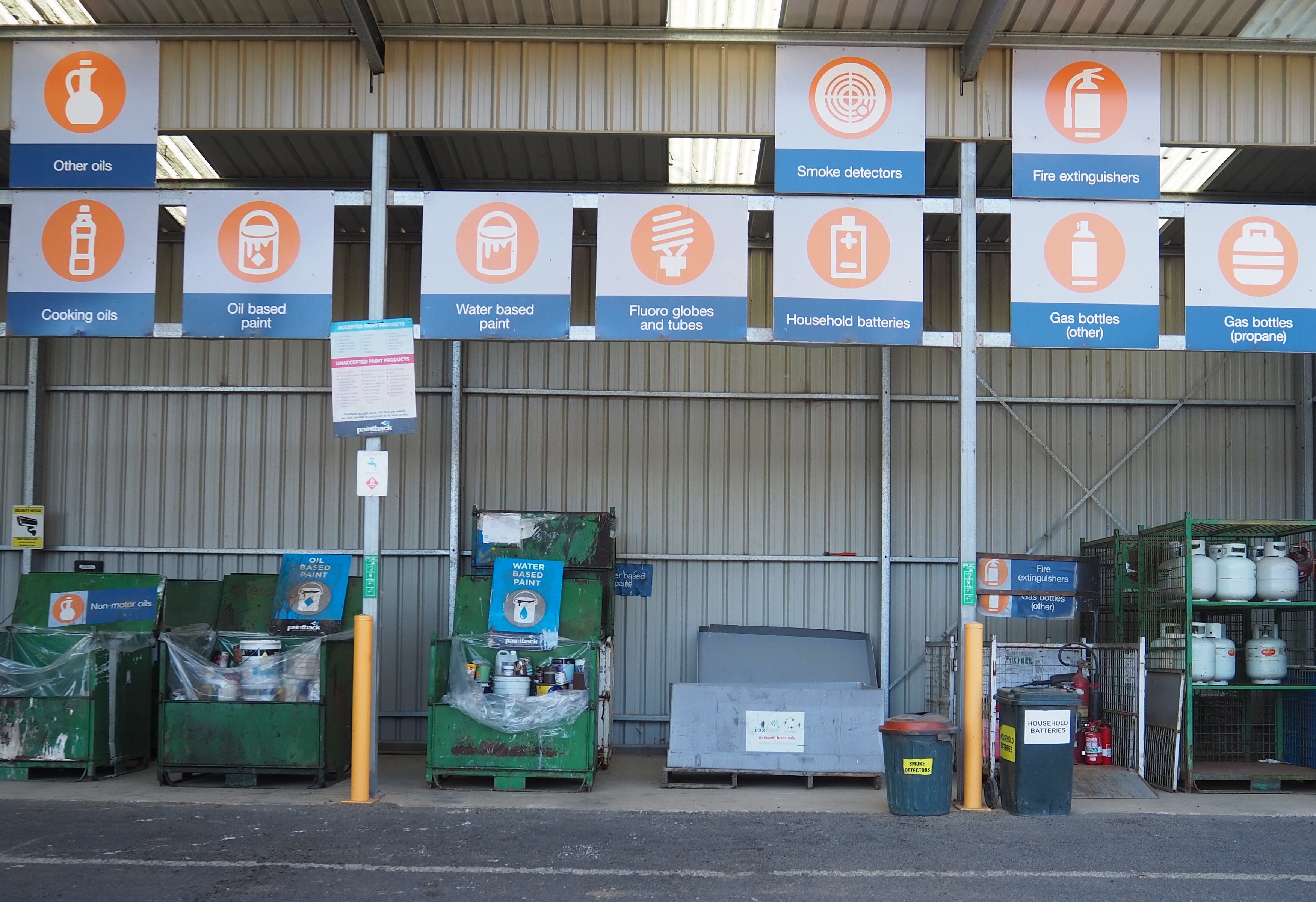Public transport use in Adelaide has plummeted with the increase in Covid-19 cases as commuters shun buses, trains and trams in favour of private cars.
UniSA urban planner Dr Andrew Allan says there has been a marked decrease in traffic congestion in the city as people transition to home working, but a spike in car use in the suburbs.
The drop in public transport patronage is also attributed to thousands of people losing their jobs in the past week, who are now staying at home.
“A looming concern is inactivity as people are increasingly become housebound,” Dr Allan says.
“We need to find a way to encourage people to incorporate exercise into their daily routine, whether it’s a walk around their neighbourhood, in a park, or a daily cycle, while still maintaining the social distance measures of 1.5 metres.
“This will help compensate for the activity that people normally do, such as walking to and from the bus stop, around their office and a stroll outside at lunch time. It’s crucial we still find time to exercise.”
Dr Allan says inner city residents have more walkable neighbourhoods but people living in outer suburbs will be more inclined to stay indoors.
Shared mobility services in Adelaide – including the EBikes and the new Neuron EScooters – are lying unused on Adelaide streets, partly reflecting the downturn in CBD foot traffic but also anxiety about touching potentially contaminated surfaces.
“Reduced incomes, less disposable cash and self-isolation in the community are also impacting on Uber and taxi cabs,” Dr Allan says.
“If schools close and social distancing rules increase, it will be hard for public transport services to function. As handrails and bus stop buttons are potential virus transmitters, it may mean that public transport is suspended indefinitely, as happened in Wuhan in China and South Korea.”
Dr Allan says a key challenge for the government once the crisis eases will be to encourage people back to public transport rather than “drifting back to their cars” due to anxiety about travelling with groups of people.
“An interim measure could be to have only one person per seat, and to ban standing. To avoid people having to press buttons, drivers could automatically stop at every pickup and set down point,” he says.
Caption: The car is king as fears increase re potential pandemic transmission on public transport. Photo courtesy of iStock.








